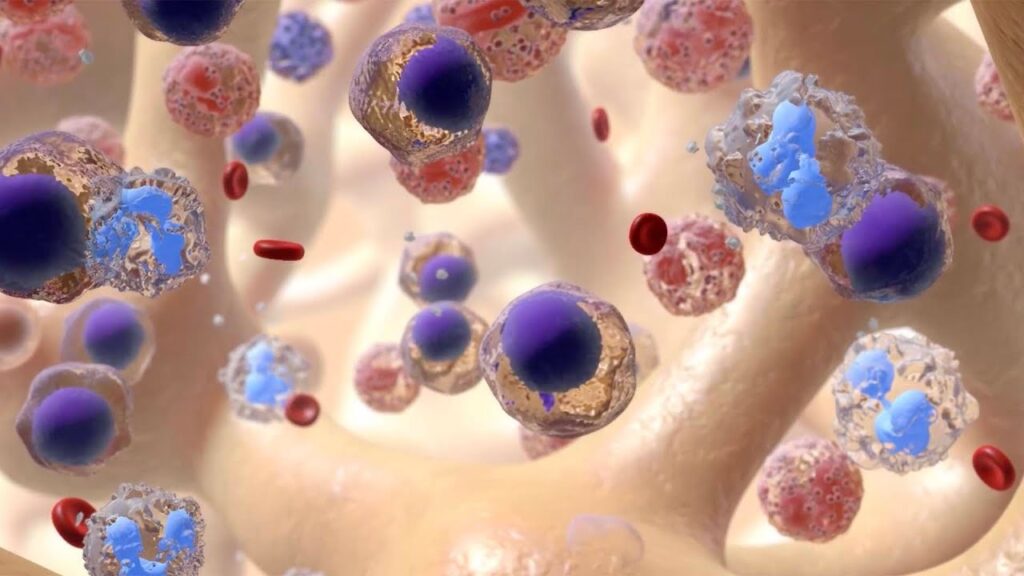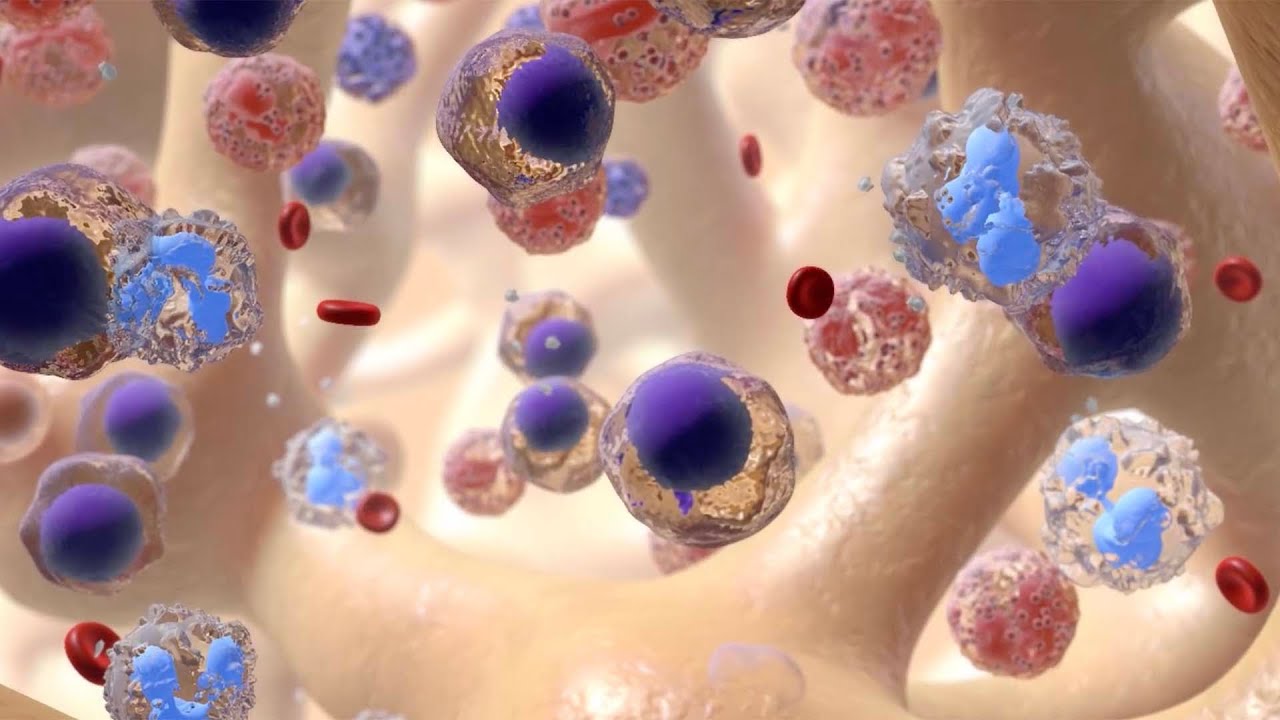Leukemia, a type of blood cancer, affects the bone marrow and blood, disrupting the production of normal blood cells. This condition can strike people of all ages, making awareness and early detection vital. Here’s everything you need to know about leukemia, explained in a friendly and clear manner.

What Is Leukemia?
Leukemia is a cancer of the blood-forming tissues, including the bone marrow and lymphatic system. It leads to the production of abnormal white blood cells, which crowd out healthy blood cells and hinder the body’s ability to fight infections.
Types of Leukemia
There are four main types of leukemia:
- Acute Lymphocytic Leukemia (ALL):
- Common in children but can affect adults.
- Rapid progression.
- Acute Myeloid Leukemia (AML):
- Affects adults more frequently but can occur in children.
- Progresses quickly.
- Chronic Lymphocytic Leukemia (CLL):
- Common in adults, especially those over 60.
- Slower progression.
- Chronic Myeloid Leukemia (CML):
- Mostly affects adults and progresses in stages.
How Common Is Leukemia?
Leukemia accounts for about 3.2% of all new cancer cases annually in the USA. The American Cancer Society estimates that over 60,000 new cases are diagnosed yearly.
What Causes Leukemia?
The exact cause of leukemia is unknown, but several risk factors may increase the likelihood:
1. Genetic Factors
- Conditions like Down syndrome increase the risk.
- Family history of leukemia may play a role.
2. Environmental Factors
- Exposure to radiation or certain chemicals, such as benzene, can increase the risk.
- Smoking is linked to certain types, like AML.
3. Age and Gender
- While some types, like ALL, are more common in children, others primarily affect older adults.
4. Infections and Immune Disorders
- Certain infections and immune system dysfunctions can contribute to leukemia.
Symptoms of Leukemia
Leukemia symptoms can vary depending on the type, but common signs include:
- Fatigue and weakness.
- Frequent infections due to weakened immunity.
- Easy bruising or bleeding, including nosebleeds.
- Bone or joint pain.
- Swollen lymph nodes, liver, or spleen.
- Night sweats and unexplained weight loss.
“If you notice persistent fatigue or unusual bruising, don’t ignore these signs—early detection matters.”
How Is Leukemia Diagnosed?
1. Blood Tests
- A complete blood count (CBC) can detect abnormal white blood cell levels.
2. Bone Marrow Biopsy
- A small sample of bone marrow is examined for cancerous cells.
3. Genetic Testing
- Identifies chromosomal abnormalities linked to specific types of leukemia.
Stages of Leukemia
Unlike solid tumors, leukemia does not form masses, so it’s not staged like other cancers. Instead, it is classified by its progression:
- Acute Leukemia: Rapid onset requiring immediate treatment.
- Chronic Leukemia: Slower development, allowing time for careful treatment planning.
Treatment Options for Leukemia
1. Chemotherapy
- The primary treatment for most leukemias.
- Uses drugs to kill cancer cells or stop their growth.
2. Targeted Therapy
- Focuses on specific proteins or genes driving leukemia growth.
- Includes medications like tyrosine kinase inhibitors (TKIs) for CML.
3. Radiation Therapy
- High-energy beams target cancer cells in specific areas, like the spleen or lymph nodes.
4. Bone Marrow Transplant
- Replaces diseased bone marrow with healthy stem cells.
- Offers a potential cure for some types of leukemia.
5. Immunotherapy
- Boosts the body’s natural defenses to attack leukemia cells.
Living with Leukemia
Managing leukemia often involves physical and emotional challenges. Support groups, counseling, and lifestyle changes like proper nutrition and exercise can significantly improve quality of life.
“Support from loved ones and healthcare teams makes the journey manageable.”
Preventing Leukemia
While leukemia cannot always be prevented, certain steps can reduce risk:
- Avoid smoking and exposure to harmful chemicals like benzene.
- Limit unnecessary radiation exposure.
- Eat a balanced diet and stay physically active.
- Regular check-ups if you have a family history of leukemia.
For more insights into health and wellness, visit medicaltimes.io.
Top 10 Frequently Asked Questions (FAQs)
- Can leukemia be cured?
Some types, like ALL in children, have high cure rates, while others can be managed effectively with treatment. - What is the survival rate for leukemia?
Survival rates vary by type and stage. For example, CLL has a 5-year survival rate of around 85%. - How is leukemia different from lymphoma?
Leukemia affects blood and bone marrow, while lymphoma starts in the lymphatic system. - What are the early symptoms of leukemia?
Early symptoms often include fatigue, frequent infections, and bruising. - Is leukemia genetic?
While not always inherited, some genetic factors can increase risk. - Can leukemia come back after treatment?
Yes, relapse can occur, but new treatments are improving outcomes. - Who is at the highest risk for leukemia?
Older adults and those exposed to radiation or certain chemicals are at higher risk. - How long does leukemia treatment take?
Treatment duration varies but often lasts several months to years. - What is the role of bone marrow in leukemia?
Bone marrow produces blood cells, and its malfunction leads to leukemia. - Can children recover from leukemia?
Yes, many children with leukemia, especially ALL, achieve remission with proper treatment.
